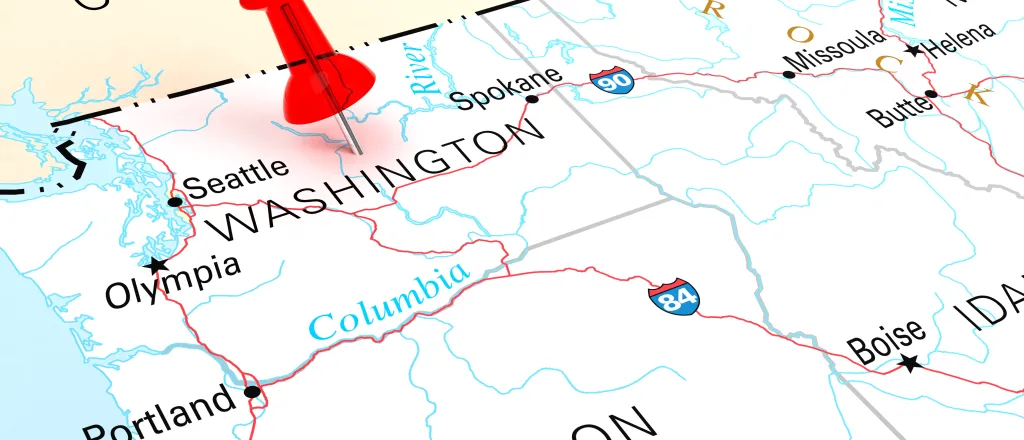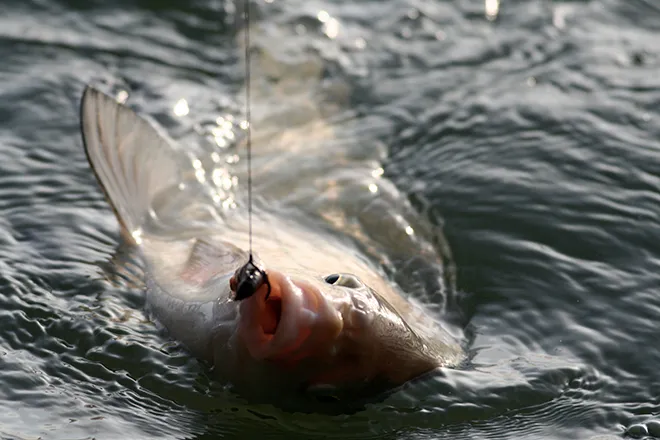
Washington’s Cascade, Green and Napeequa rivers named 'outstanding resource waters'
Click play to listen to this article.
(Washington News Service) Portions of three Washington rivers, the Cascade, Green and Napeequa, now have an extra layer of protection, thanks to a special designation from the Washington State Department of Ecology.
The Outstanding Resource Waters designation under the Clean Water Act means the rivers will be protected from future pollution and degradation.
Chris Korbulic, a professional kayaker and nature photographer, became the first kayaker ever to descend the remote Napeequa in 2019, but he had to carry his kayak seven miles over a 6,400-foot pass to get there.

© iStock
"You get into that valley, and it feels like you have gone way back in time to before industrial and commercial humans were affecting the landscape here so much," Korbulic explained. "It's so beautiful and so distinct in its appearance. It just completely looks like a Glacier Peak Wilderness paradise."
The designation comes after two years of input from the public, tribes, nonprofits, and government agencies, and does not affect private land or state timberlands.
The Cascade River provides drinking water to 56,000 customers and contributes 30% of Puget Sound's fresh water.
Carolyn Moulton, a city council member in Anacortes, said the new protections will help keep the Cascade pristine.
"It's just another step forward in keeping our clean water clean, and it's way less costly to keep something clean than it is to clean it up later," Moulton pointed out. "It's nice to actually be ahead of pollution."
Susan Saul, an advocate for the Green River since the 1970s, said its trail system takes hikers through a remarkable old-growth forest, which somehow withstood the 1980 eruption of Mount Saint Helens unscathed.
"Forests downstream and upstream were blown down in the eruption," Saul recounted. "But you can experience this remnant of an ancient forest that survived the eruption of Mount St. Helens, because of quirks in the landscape that protected it."
The Green River is home to a winter steelhead run. It protects clean water for downstream communities and is also eligible for federal Wild and Scenic River status.
Support for this reporting was provided by The Pew Charitable Trusts.













